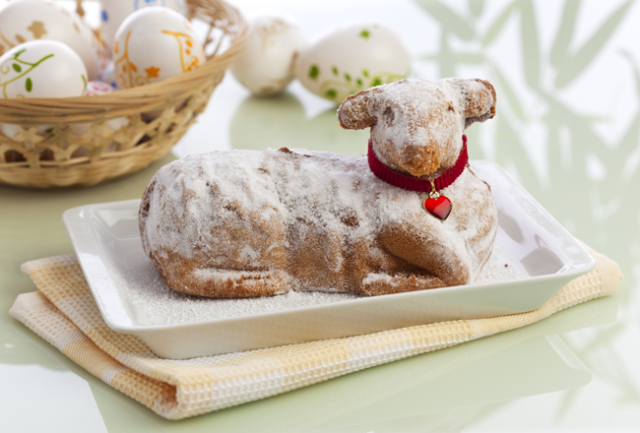
By Teri Weiss
Special to the Citizen
Easter is celebrated as a great religious holiday, as the triumph life over death and light over darkness. It is a feast of joy and color, flowers, music and ringing church bells.
Scholars assume the name Easter is derived from Oestara, goddess of rebirth and renewal. Pre-Christian Saxons observed the spring equinox with a festival honoring Eostre, a deity associated with eggs and hares.
The timing for Easter on the church calendar was fixed to the Sunday after the first full moon of spring in AD 325 by the Roman Emperor Constantine (who may also be responsible for starting the traditional Easter Parade). The seven days before Easter were called “White Week.” All recently christened persons wore fresh white clothes as a sign of their new life, believing that baptismal gowns worn on Easter Sunday would bring good luck.
Easter — Christ’s resurrection — has been depicted for centuries with images of crosses, lambs, spring flowers, bunnies and eggs. Yes, the simple egg, one of the oldest and most universal symbols of rebirth and new life, has long been a widely used token for spring, dating back nearly five thousand years.
The ancient Egyptians and Persians used to dye eggs in bright colors to give to friends, and old myths of several Eastern and Middle Eastern cultures maintain that the earth itself was hatched from a giant egg.
Egg coloring also preceded Christianity by almost a millennium, evidence indicating that even the Chinese were adorning eggs as early as 900 B.C. The exchanging of colored and decorated eggs became in time a cherished Christian holiday tradition.
Judeo-Christian culture blended ancient pagan traditions with the message of spiritual renewal, thus “egg art” evolved with intricate ornamentation using Christian symbols, iconography and portraits.
It is hard to imagine Easter in Germany without colored Easter eggs. Young people have given decorated eggs to their sweethearts since the 16th century.
Beautifully colored eggs are a perfect Easter gift. In Germany children nowadays still receive eggs from relatives, especially from their godparents. And no doubt, the family ends up eating hard-boiled eggs for weeks afterwards, along with other tasty delights such as Easter bread and Easter lamb cakes.
In some areas of Southwest Germany, also in Austria and Switzerland, Easter food used to be taken to church on Easter Sunday to be blessed, maintaining at least an aura of religious observance on this important holiday.
